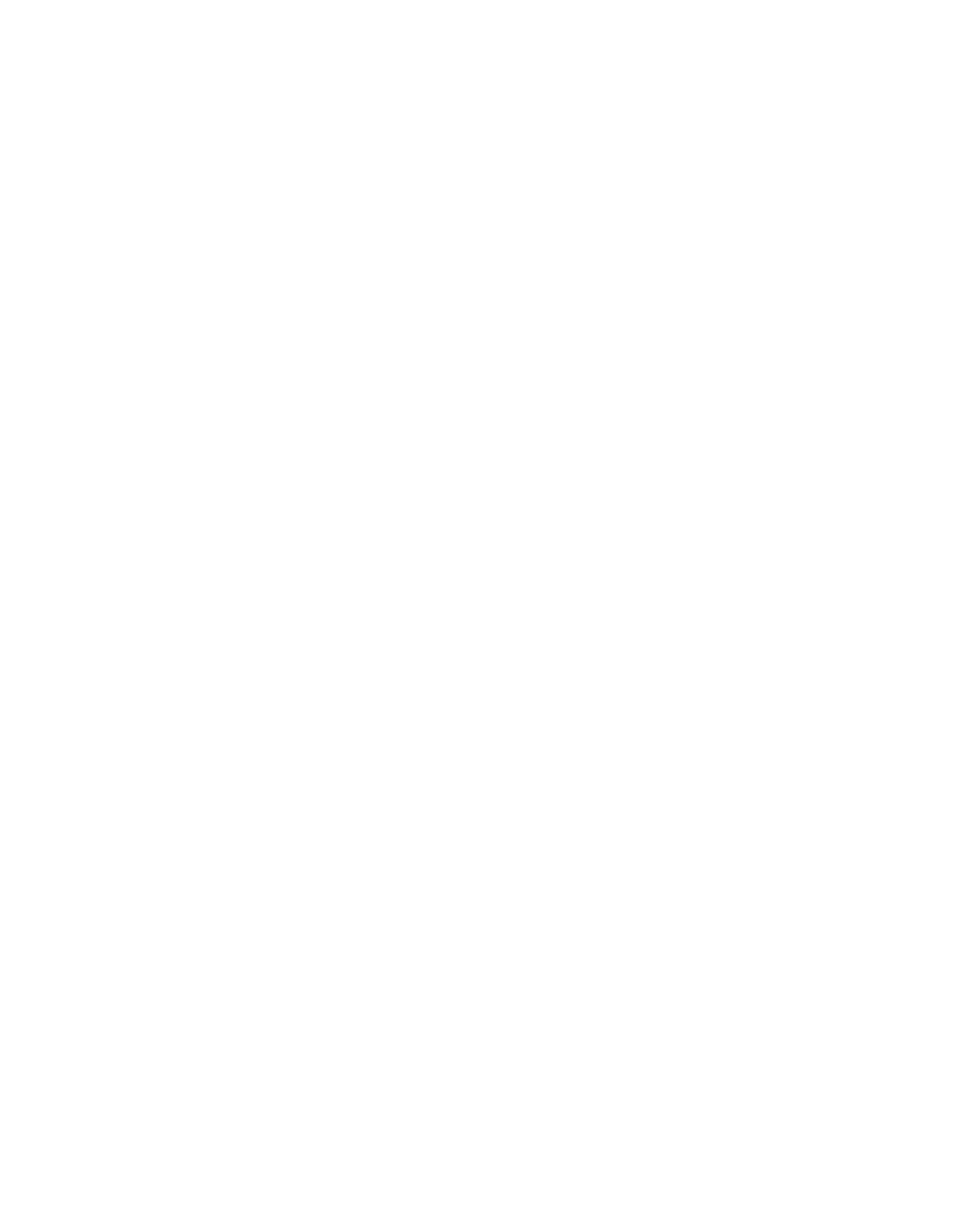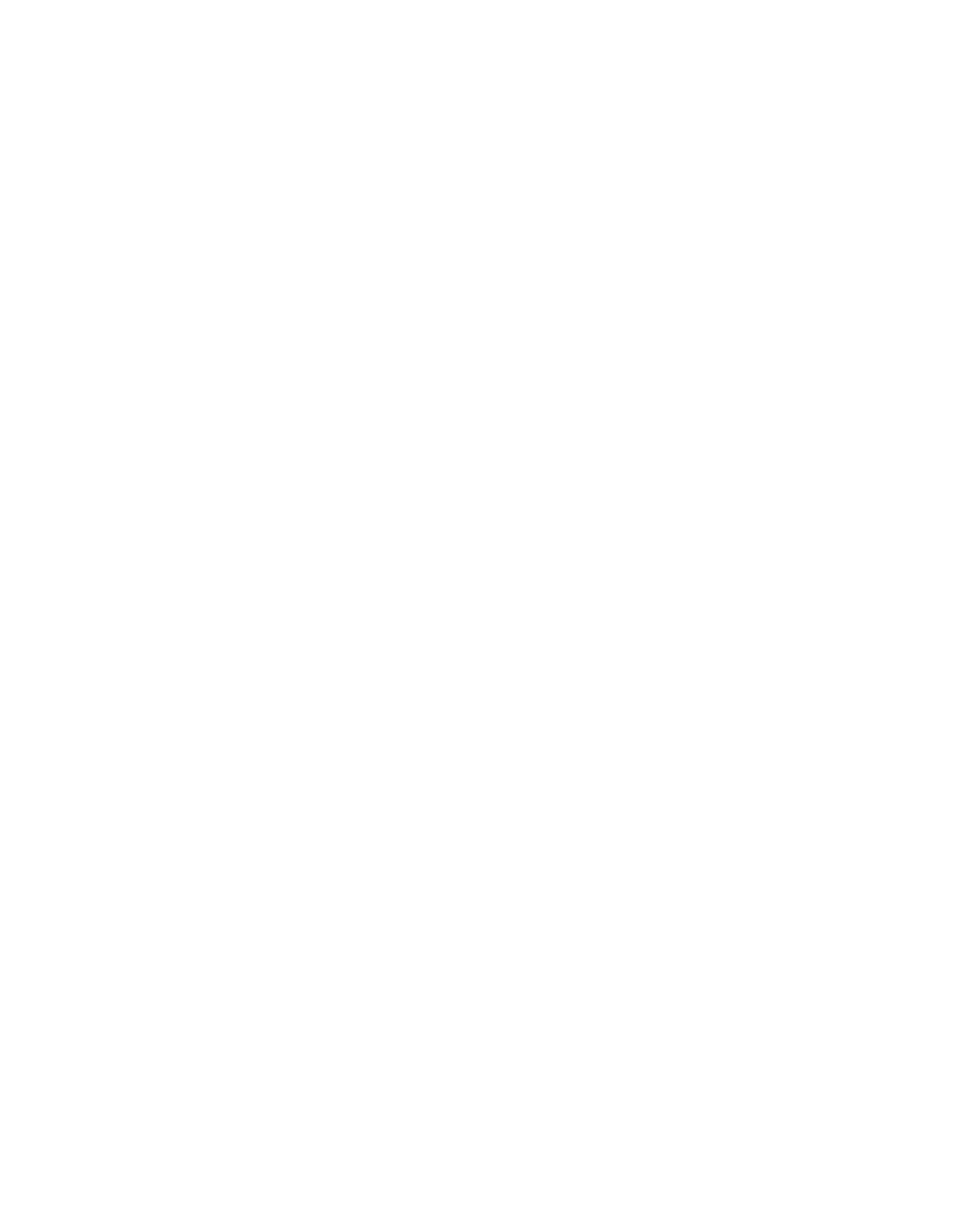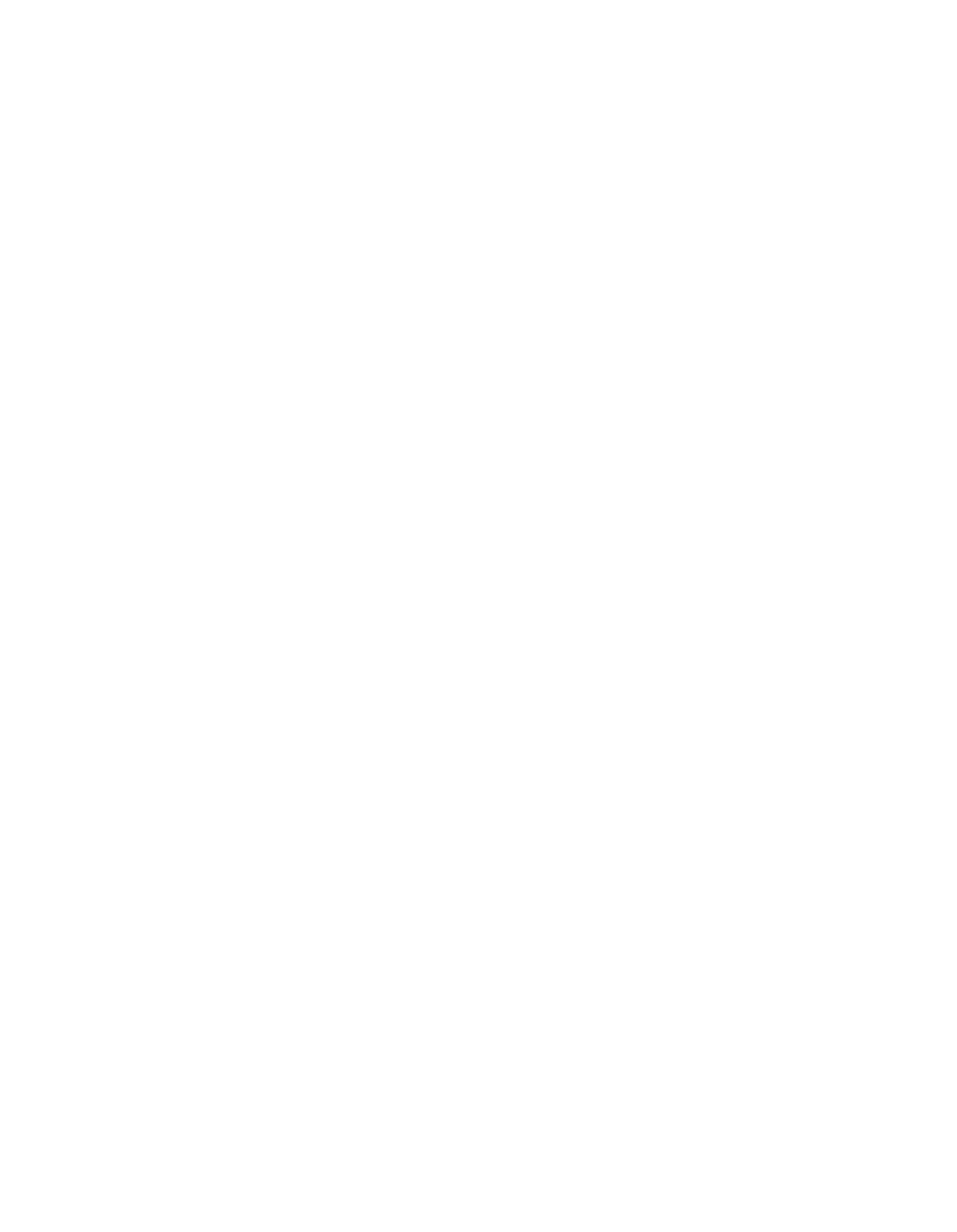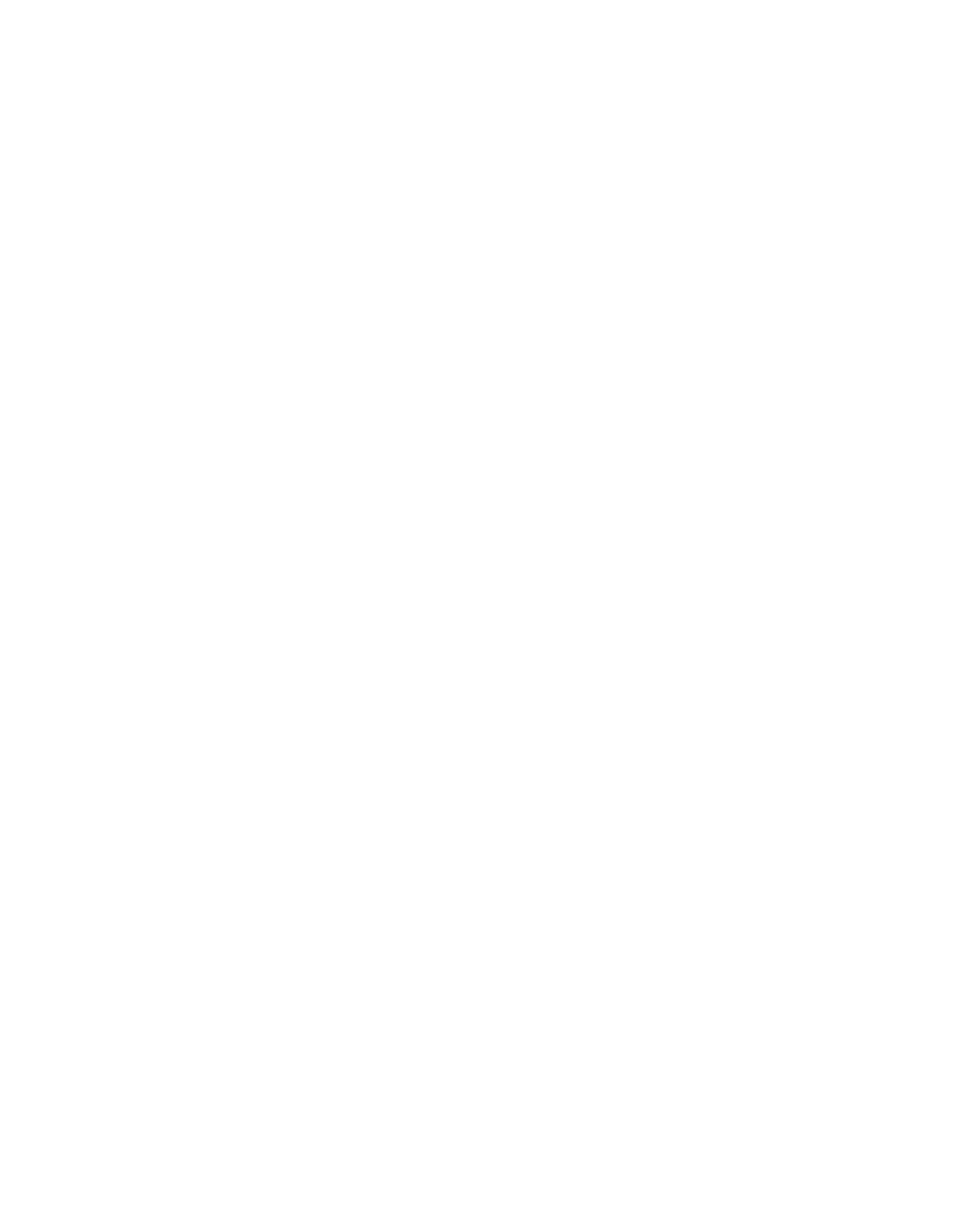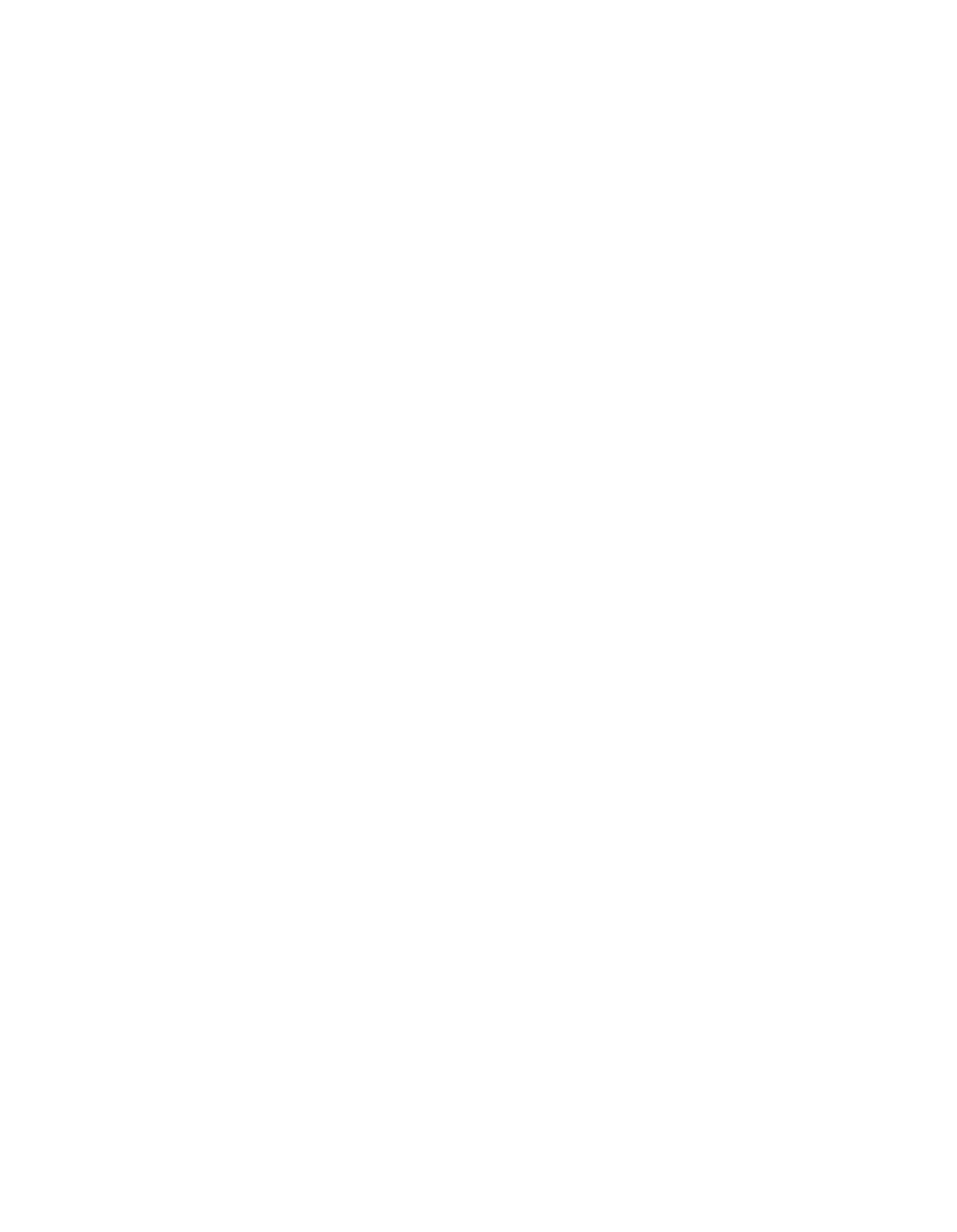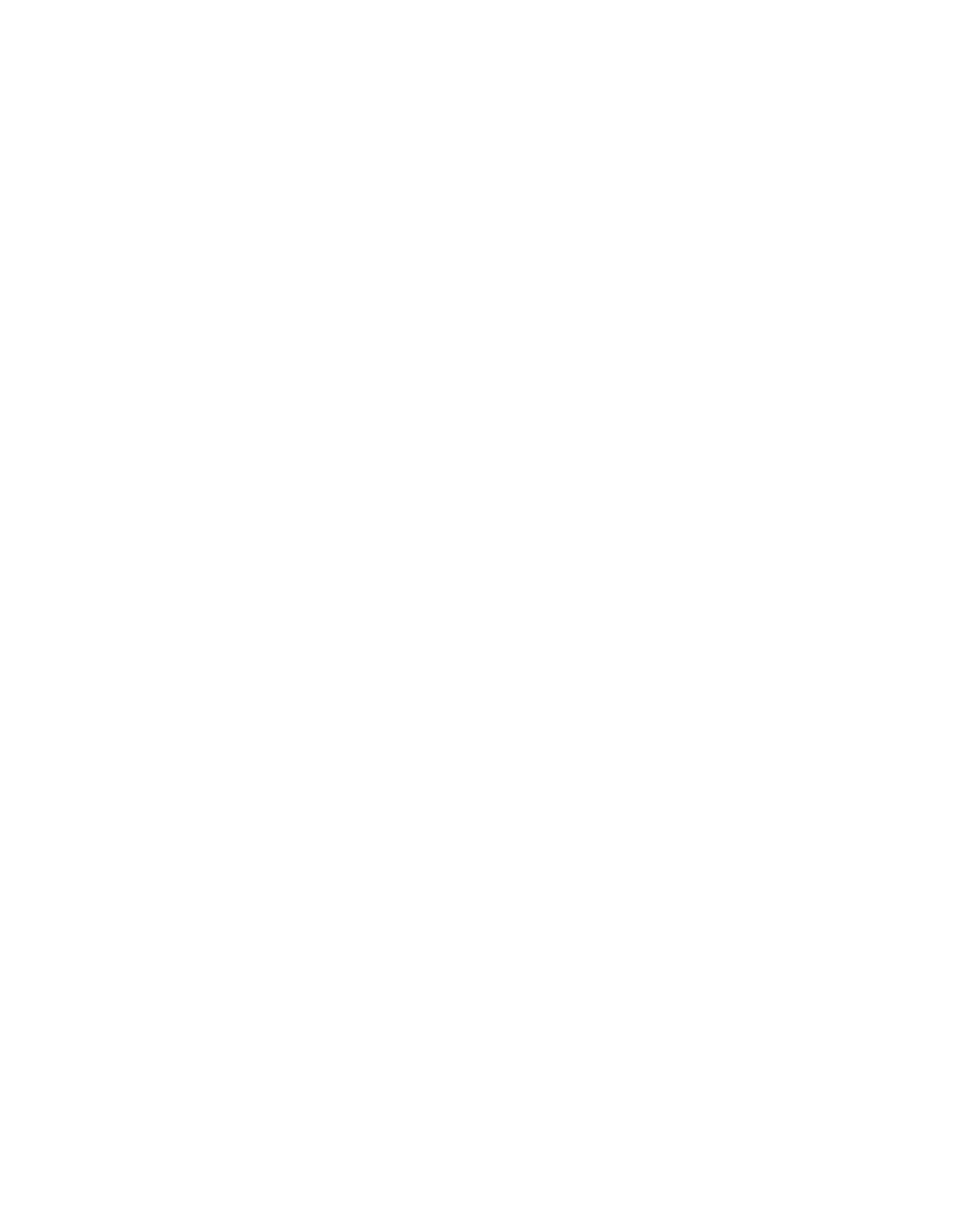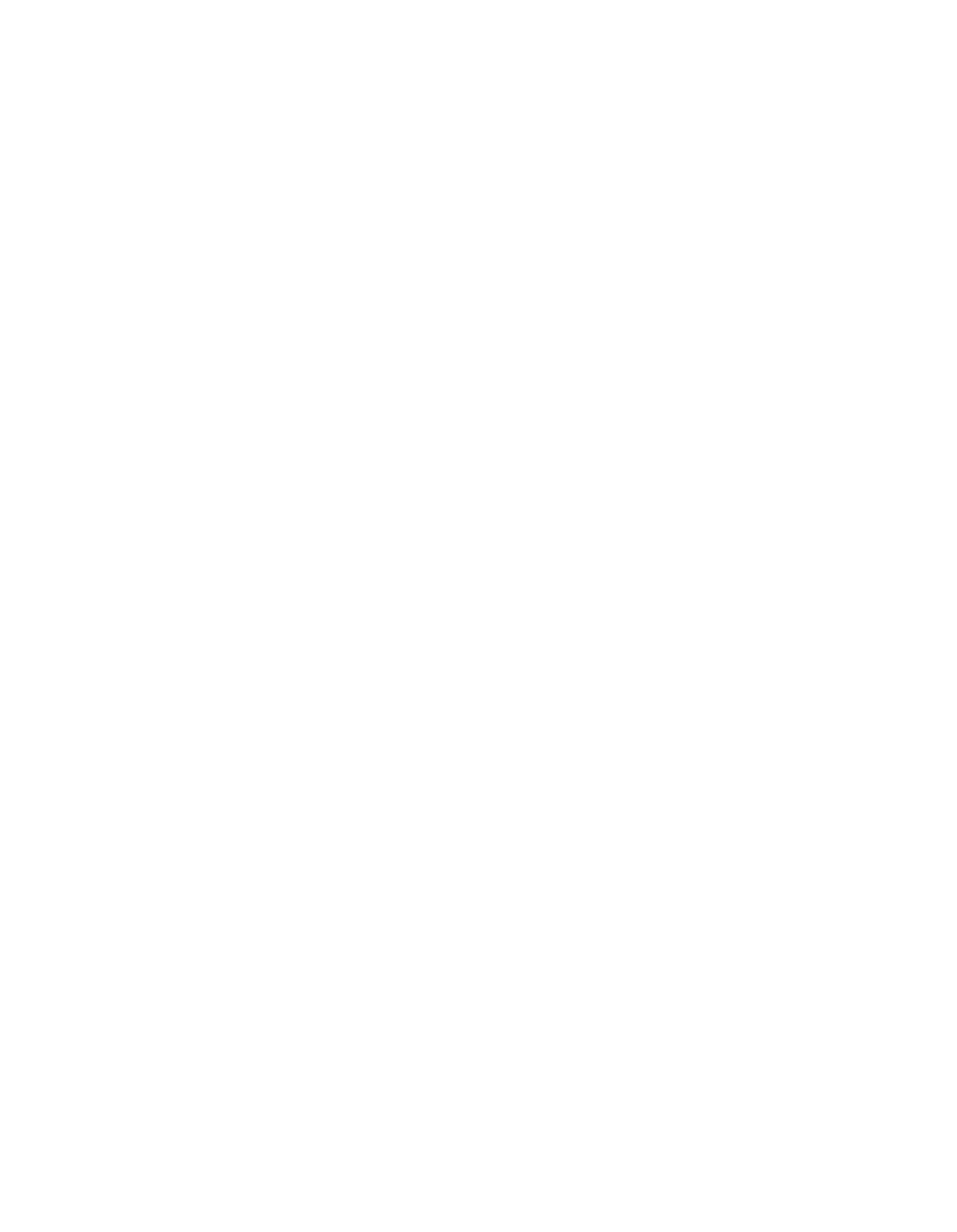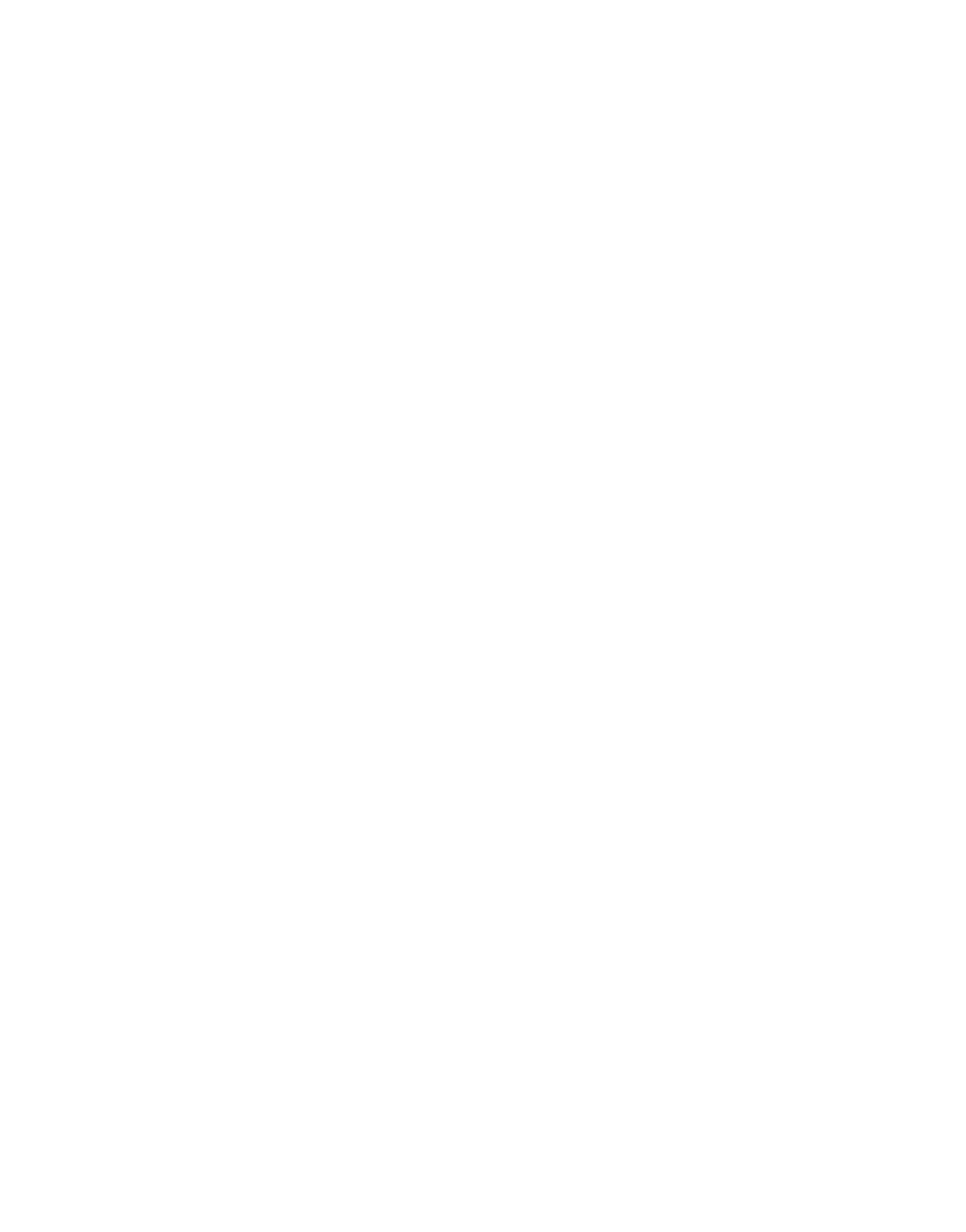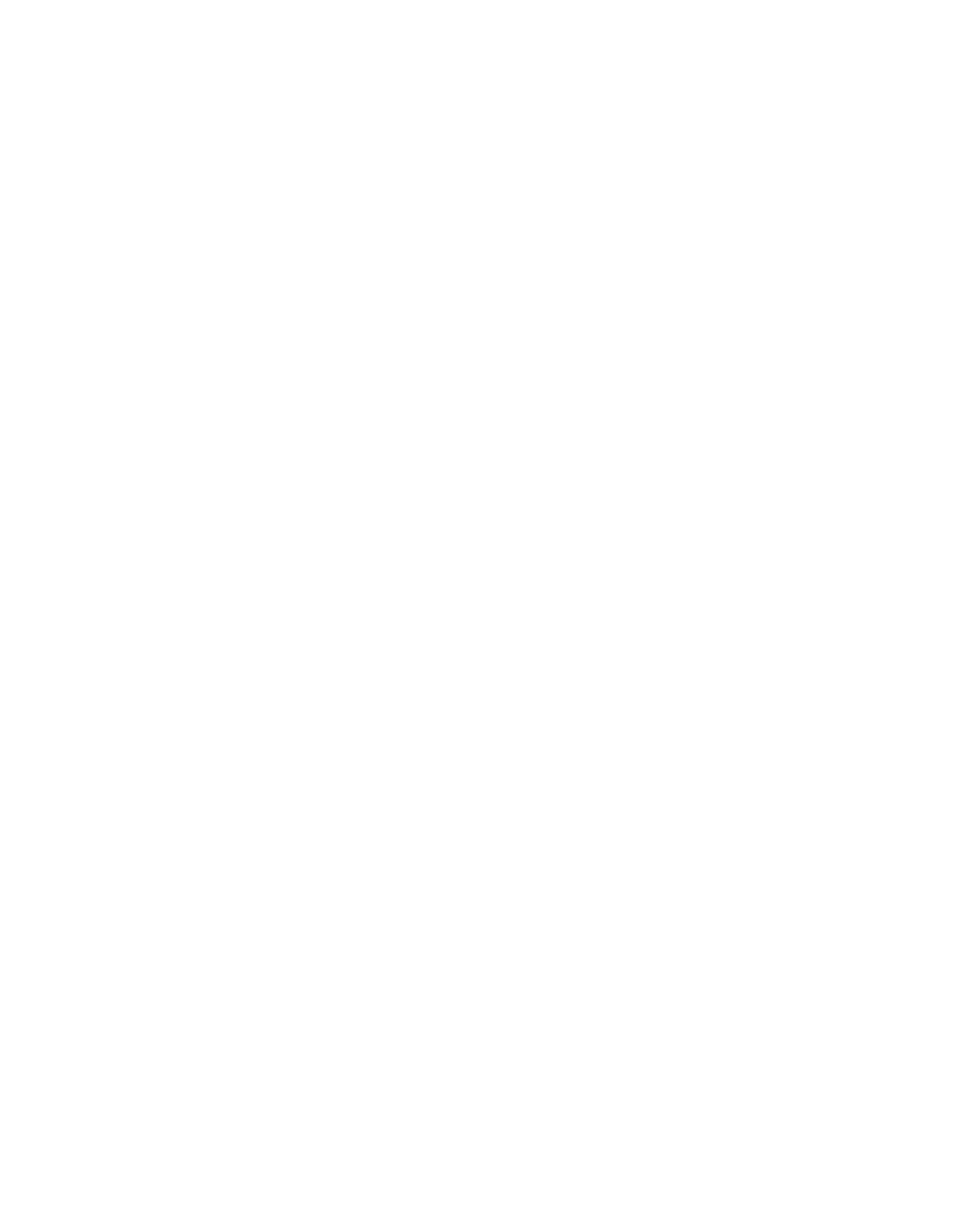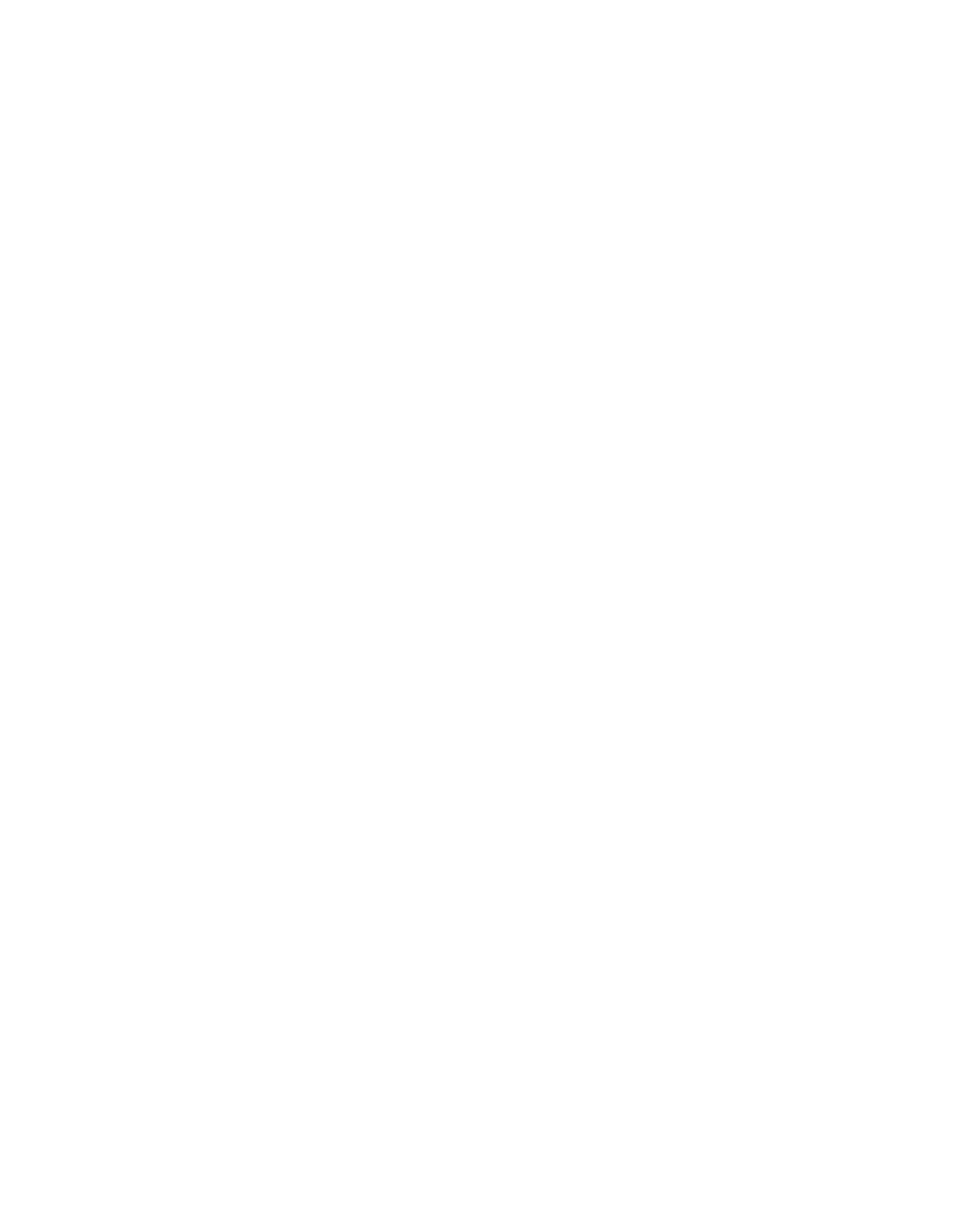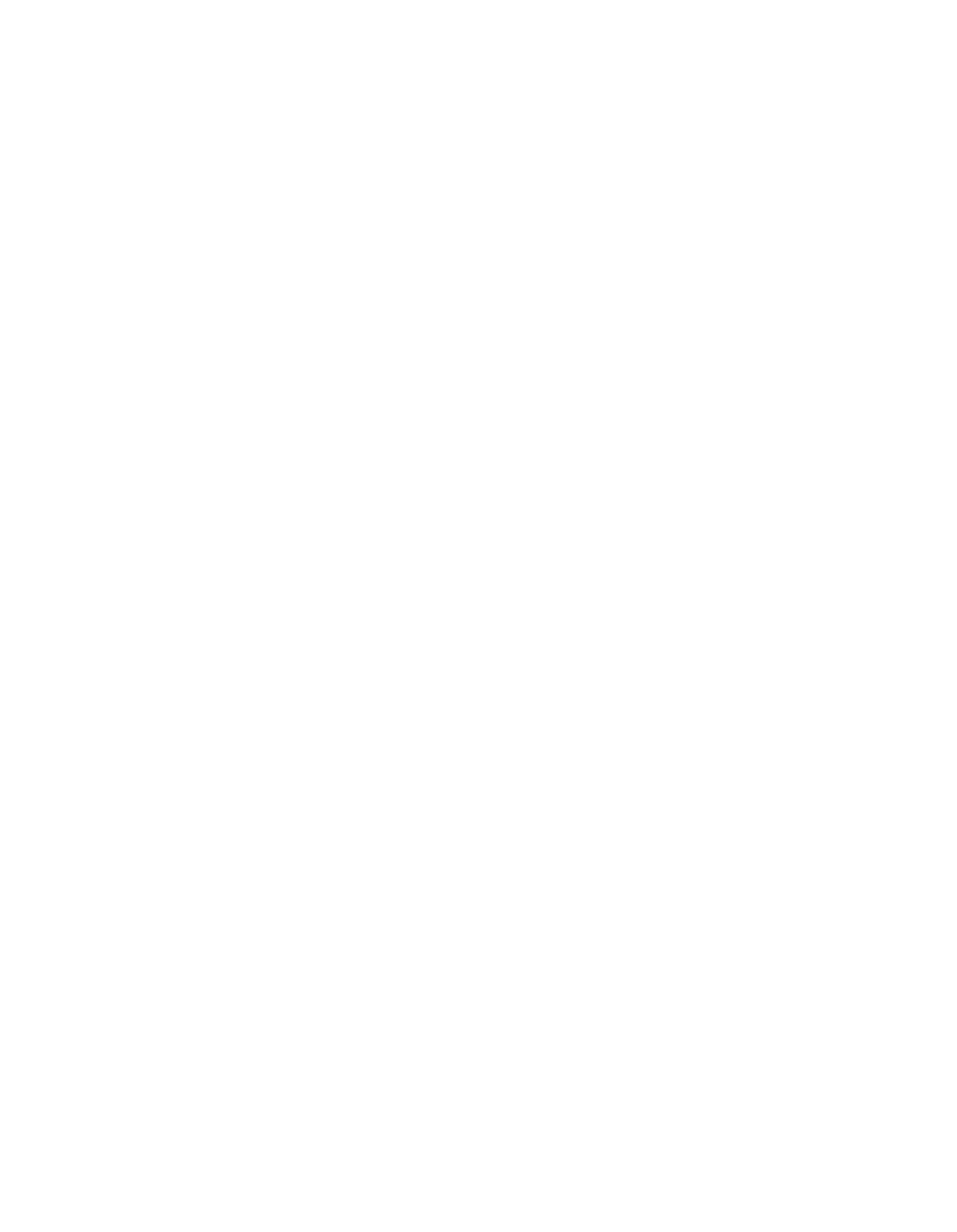ILLINOIS POLLUTION CONTROL BOARD
June 13, 1985
THOMAS E. GREENLAND,
an Individual,
Complainant,
PCB 84—155
CITY OF LAKE FOI~T, ILLINOIS
)
a Municipal Corpc;:ation,
)
Respondent.
THOMAS E, GREENLAND APPEARED ON HIS OWN BEHALF.
MURRAY R, CONZELMANI, OF CONZELMAN, SCHULTZ, SNARSKI & MULLEN AND
THOMAS H. COMPERE, CITY ATTORNEY, APPEARED ON BEHALF OF
RESPONDENT.
OPINION AND ORDER OF THE BOARD (by
J.
Marlin):
This matter comes before the Board upon an October 17, 1984
complaint filed by Thomas E. Greenland against the City of Lake
Forest (City) alleging that the City is in violation of Section 9
of the Illinois Environmental Protection Act (Act), Ill, Rev.
Stat. 1983, ch, 111 1/2
,
par. 1009, by permitting leaf burning
pursuant to a city ordinance, Mr. Greenland also alleges that
the City is in violat:Lon of two Board regulations, 35 Ill. Adm,
Code 237.102 (prohibition on open burning) and Section 237.120(c)
(open burning of landscape waste). The City’s motion to dismiss
was denied by the Board on January 10, 1985, Hearing was held on
January 16 and Februa-:y 6, 1985 in Lake Forest, Illinois. Board
Orders relating to a briefing schedule were issued on March 7 and
April
4,
1985.
PRELIMINARY
ISSUES
A few preliminary issues need to be disposed of first. The
Board denies the oral motion to strike at page 83 of the
transcript and affirms the decision of the hearing officer. The
question asked by the City, although capable of being answered
with a yes or no, apparently elicited a clarification statement
and question from the witness, The City certainly could have
answered the first or second question of the witness or objected
and let the hearing off:icer decide, The City chose to let the
witness ramble and then move to strike, Arguably the response
was responsive to the question asked, and the Board will let the
response stand,
A second issne involves Complainantts Exhibit 1 which was a
study by the then Illinois Institute of Natural Resources (IINR)
64-233
2
now Department of Energy and Natural Resources (DENR) entitled
“Advisory Report on the Potential Health Effects of Leaf
Burning,” Document No. 78/19, December 1978,, Project No.
90.002. The
City objected to
its admission on hearsay grounds
because it could not cross-examine the author and ascertain the
authoritativeness of the study~ Mr. Greenland countered that it
was offered as a breatise
or a atudy. The hearing officer
overruled the
Cit.y~s
objection
and admitt.ed the
document. While
the document is hearsay the
i~oard
~,i1laccept the document under
the Board’s rule regarding admission of
evidence,
located at 35
Ill. Adm. Code
103.204,
which allows evidence which is “material,
relevant and wcr.~ be relied upon by reasonably prudent persons
in
the conduct
cS:
curious affairs.
..
Id. In the instant case,
the Advisory Report was issued
by the IINR
in regulatory
proceeding R73--5 (See 40 PCB
8l~
December 4, 1980; 13 PCB 645,
September 19, i974)~
Although the
respondent is
entitled to the procedural
safeguards of testimony
under
o.~th/ cross~-examination, and
confrontation of
w,itriesses,
the Board holds that
there is enough
reliability to the
document. to
cu~eany absence of these
safeguards as
to
this document, since the agency has been
statutorily mandated to perform such a study, IL. REV. STAT.
1979, ch. 961/2, pars.
7401 ~h) (1) and
7403
(5~.
DISCUSSION
STATUTORY CONSTRUCTION: SECTI~JNS 9 AND 10
Mr. Greenland is a resident of
Lake Forest. The City is a
municipal corporation
of
the
State
of Illincrs located
in Lake
County. The City
population
is approximately 15,245 while that
of the County is in excess of
440
p000 people.
At t:he heart of
the controversy
is
the
leaf burninq
ord:inance
of the
City,
adopted October
13,
i9~4ç
which perr~its leaf burning (See Joint
Exhibit 1).
Mr. Greenland alleges
that the City has
violated Section 9
of
the Act,
which in
pertinent parl:.r
provides as
follows:
No
person
shali~
a)
Cause or threaten or allow the diseharce or emission of
any contaminant into the environment in any State so as
to
cause
or tend to
cause air pollution in
Illinois,
either alone or in combination with contaminants from
other sources,
or
so as
t.o violate regulations
or
standards
adopted by the Board under this Act;
*
c)
Cause or allow the open burning of refuse, conduct any
salvage operation by
open, burning, or cause or allow the
burning :~i
any refuse in any chamber not specifically
~4.~234
3
designed for the purpose and approved by the Agency
pursuant to regulations adopted by the Board under this
Act; except that the Board
may adopt regulations
permitting open burning
of refuse in certain cases upon
a finding that no harm will result from such burning, or
that any
alternative method of disposing of such refuse
would create a safety hazard so extreme as to justify
the pollution that would result from such burning.
***
This. Section shall not limit the burning of landscape
wacte
upon
the premises where it is produced or at sites
provided and supervised by any unit of local government,
except within any county having a population of more
than 200,000, Added by P,A. 82—678, eff. 1—1—821.
Section 3(s) defines person to include political sub-
divisions and corporations.
Section 10
is a limitation
on
the Board’s authority and
provides as follows:
The Board, pursuant to procedures prescribed in Title
VII of this Act, may adopt regulations to promote the
purposes of this Title,
Without limiting the generality
of this authority, such regulations may among other
things prescribe:
***
The Board may not adopt any regulation banning the
burning of landscape waste throughout the State
generally, The Board may, by regulation, restrict or
prohibit the burning sic landscape waste within any
geographical area of the State if it determines based on
medical and biological evidence generally accepted by
the scientific community that such burning will produce
in the atmosphere of that geographical area contaminants
in sufficient quantities and of such characteristics and
duration as to be injurious to humans, plant, or animal
life, or health,
The cardinal rule in construing a statute is to ascertain
and give effect to the intent of the legislature.
People v.
Boykin, 94 Iii, 2d 138, 445 N.E. 2d 1174 (1983).
In order to
determine this intent, one
must first look to the statutory
language itself.
If the meaning of the language itself is clear
on its face, then
it will be given effect,
Where the meaning of
the language is ambiguous, one must look to the legislative
history.
Id,
The City contends that.
Section 9 is invalid because it is
inconsistent c~iith Section 10. The Board disagrees.
Section 9
64-235
establishes a statutory prohibition against the burning of
landscape wastes in counties over 200,000 in ~opuiation. Section
10 limits the Board’s regulatory autnorlty in this area and does
not address the statutory ban
of Sect~on
9.
The language of the
statute on its face is
clear~
The
i~1oard need
not. look to the
legislative history, Whie
Section 9
was arnenced in
1981, the
General Assembly simultaneousl~ chose to amend the Section 10
limiting paragraph
by replacirg
the ~~iord :Le~.~s”with
“landscape
wastes.”
The legislature
continued its Sect.ioL~ 10 limitation on
Board authority ‘ret also decided in Sec~:ion ~) to ban the burning
of landscape wa~•:~within any cc~un’::yhaving a poouiation of more
than 200,000, 1 ction 10 should not be
read, as the City does,
to limit the Se’., ion 9 ban, -:~berefore the open burning of
landscape wastes i.n counties having populations
of greater than
200, 000
is
flatly
proh:ihited by the Act, ru counties
having
populations
of less than 200,000
F
it: ~s ai!o~edby state law only
if it is burned upon the premises where it is croduced or at
sites provided and supervised by any unit, of local qovernment.
The City mistakenly reJe~ on t.t&e Attorrte3 General’s Opinion
No,
S—633, October 16, l~iT’i. Thau opinion was Issued
before the
new amendments and does net control the statutory
construction of
Sections 9 and 10 (See effect of opinion on regulations,
discussed
below
under
BOARD REGbnATIONS
i-:eading), Furthermore,
the City’s assertion
that
the Attorney
Genora1~s
opinion is
legally binding on a state agency is without tier:, The opinion
was merely an advisory opin:~oniDrovided
to an
Agency. Such an
opinion has been held to
be nonbinding on the Illinois Supreme
Court and appellate courts,
Ci~o
rinrfieldv,Allhth,
74
Ill, 2d 117, 384
N.E. Vt 310 (19~8~ Rç~ers
Park ?ost.No, 108 v.
Brenza, 8 Iii. 2d
286. (L956L tong
~
Loni.,~, 15 11.1,
App, 2d 276,
145 N.E. 2d
509
(2d Dist, L357~, The latest
court
decision on
this issue emanates
from che Fiy:vt Appeliate
District, which
stated,
“
we
are
aware
that the Attorney General’s
opinion does
not have the force
ant effect of
law,” ~nidz~r’i.J~s~r,
118
Ill. App. 3d 83, 454 N.E. 2d i0’?O
(1st
Disc, =1983), This
interpretation
is
binding on the Board~
~~he~_y.Medendorp,
294
Ill. App. 424, 13 ~,E,
2d 1015 Li938~. The cases cited by the
City do not support. its contention the: the op:nion of the
Attorney General is
binding on the Foat’d. The City
is confusing
the issue of precedent~ul ciaiue ~Tit.h the non—issue of
representation.
The ~nice!arkd decision and
related cases are
solely based on the authority of the Attorney
General as the
chief legal officer of the nrrmte oct oco he may
represent.
Peopleexre
Scott
v.B:r’celand.
~i1
11.1. Id 4F5,
359 N.E. 2d 149
(1976). Briceland does not address whether tns opinion of the
Attorney General is of precedentiaJ. value,
“CAUSE OR ALLOW” AIR PDL~1’iON
The issues then become whether the City has caused or
allowed the discharge o1 a contaminant so as::o cause or tend to
cause air pollution pursuant
to
Section 9 a)
arid whether the
City caused or allowed the open burning of refuse pursuant to
5
9(c).
A “contarrilnanti is any
soli.d~ liquid, or gaseous matter,
any odor or any form of energy, from whatever source”
(Section
3(d)).
Leaf smoke contains contautinant.s,
Whether the City caused or allowed the discharge of a
cont.aminant by the existence
of
its municipal ordinance
permitting leaf
burning in violation
of a state statute is
one of
first impression before the Board,. The Second District Appellate
Court entertained the cause or allow clause of Section 9(a) and
stated that
the
respondent
must “~exercise1 sufficient control
over the sourc’ of the
oiluticn.”
Phillips Petroleum Co. v.
IEPA, et al.,
.
Ill.
App.. 3d 2?, 390 N.E. Vt 620 (2d Dist.
1979)
,
The Fiit~.
i
District, in construing identical language in
Section 12(a) of the Act~ affirmed the Board and found that the
respondent “had the capability of controlling the pollutional
discharge.” Meadowiark Farms, Thc~v. IPCB, et: al., 17 Ill. App.
3d 851, 308 N.E. 2~i826 (5th Diet, 1974) Freeman Coal Mining
Corp. v. IPCB, et at,, 21 III. App. 3d
:is’/,
313 N.E. 2d 616 (5th
Dist. 1974) In interpreting the word allow
F
the Board has found
that one can allow a discharge by poor practices which contribute
to the problem. Ifl?Av. Sat’n~ inc.
cc
el., PCb ;1—52; Bath, Inc.
et a., v. IEPA, PCP 71~224,. (ccnsol.), 2 PCB 433, September 16,
1971. The Fourth Uistr:i,ct~. in fit~dnci t:.he
Board,
noted that to
argue that a violation cannot be prethcated upon the existence of
burning in the absence of: a finding that: respondent by its
affirmative act caused,...the burnicg~ is not: persuasive. Bath,
Inc. et al. v. IPCB, etal.,
10 1)1, App
Id 507,. 294 N.E. 2d 778
(4th Dist. 1973).
Herein, the Board finds that. the
City
uas caused or allowed
the discharge of conra’~inantc into
the
environment, Although the
leaves are burned on private property, the City has openly
encouraged it.s residents to burn .ieaves by
passing
an ordinance
in direct contravention of the state stetutory ban on leaf
burning contained in Section 9 of oLe Act, The record shows that
in fact 17 percent ol the residents
do burn leaves (R, 32).
The
Phillips test of
suff:Lcient cont:ro
over the source of the
pollution has been satisfied,
)3ad
the
City
obeyed the statutory
mandate and enforced iL~
the wthe~~readburning of leaves in the
City would not occur~
Air Pollution: Injurto
Heaoth.
Environment or Property
Whether the City caused or ~endcG
...~
cause air
pollution is
another
issue. Section 3~h.~
det:oies air ~oilution. In
interpreting this SCCt~OflF the Illinois Supreme Court
distinguishes two types
of
air pollution, Incinerator, Inc. v.
PCB,
59
Ill. 2d 290, 319 N.E dd
794
~1974),
The first is
pollution that is
injuriouc to riu~tich,. cite
erivircnment,
or
property, The second is a nuisance type where
there is an
unreasonable interference with the enjoyment: of Life
or property.
As for the first: ‘cyoe or air collutior.,
the record herein
amply demonstra:es that leaf smoke
and the
constituents
therein
64-237
6
satisfy the first
and second type of air pollution
as defined in
Section 3(b). Dr. Ryan testified that the hydrocarbons, present
in leaf smoke, are irritating antigens which cause the body’s
immunological system to respond by producing histamines to combat
the foreign objects (R,l2), Those with allergies and susceptible
to asthma attacks not only display itchiness of the eyes, but
also have other multiple symptoms (R.10). Dr. Addono, an allergy
specialist defined allergies as abnormal responses to normal
exposures of things in the environment (R. 73). The allergic
response can include coughing, wheezing, increased mucous
production and a possibility of secondary iniection (R. 73). Dr.
Ryan described his own allergic response whereby his bronchial
tree secretes excess mucous which overly constricts the bronchial
tubes, thereby causing difficulty in breathing (R. 10), termed
asthma (R. 73). Asthmatic children are prone to pneumonia (R.
ii). In order to reverse asthma, aerosols are injected down the
bronchial tree to break up the mucous so it can be expelled from
the body and drugs such as adrenaline are used to dilate the
bronchial tubes for easier breathing. Aerosol injection can be
by a pocket inhalator and can include time on a breathing machine
at an allergist’s office, Dr., Addono stated that. in his opinion,
there was a causal connection between exposure to leaf smoke and
illnesses such as asthma and chronic bronchitis, apparently in
aggravating these conditions R77—78)., Leaf smoke is materially
irritating to those who have a~ respiratory disease, not solely
asthma (R. 76), Besides illnesses, the doctor testified tht one
particular hydrocarbon in oak leaves is carcinogenic (Id.) Mr.
Lubes stated that there were a lot of oak trees in his
subdivision,
located in the City (R 86—87),
Dr. Addorto testif:Led that as the leaves die, mold spores
disperse and can trigger allergic reactions. Disturbance of the
leaves by wind and raking may release many spores, but burning
releases billions of spores into the air (R, 75). On leaf
burning days the sports activities of asthmatic children are
curtailed and on bad days sleep is interrupted because of
breathing abnormalities (R..92)
Referring to her eldest daughter, one witness, Mrs. Ryan,
testified that niormally she misses, I would say, five to six
weeks of school in the fall.” (R, 23). ‘~Shecoughs so much that
walking across the room becomes a great big deal.” (Id.).
Furthermore, “...tshe can’t go to football games and things that
lots of kids in high school like to do. it is just because the
air is full of smoke in the fall,” (R, 24).
“..,I know so
many other
kids who miss time in
school and who don~tget to do the
normal
things the kids
enjoy doing in the fall,
:~ust because
of
all this stuff
in the air. Arid it
is a shame.
For several years I was
just so busy trying to keep our family afloat that it
never occurred to me that. this is maybe very unnecessary,
and when I realized it is not done in highland Park, it
is not done in Deerfield, I think, my goodness, what is
64-238
7
the matter
here
that our children have to go through this
kind of thing. Because we burn leaves?~’ (R. 26).
To provide some indication of to how many people are
involved, Dr. Addono testified that in the United States 10 to 12
percent of the populace have lower respiratory allergies (R.
79),
As for the first type of air pollution, the Board has
previously found leaf smoke to be an air pollutant and takes
judicial notice of its prior Opinions, After considering the
evidence, the Board stated in a prior Opinion the following:
Dr. George Arnold, on behalf of the Madison County
Sanitation and Pollution Committee, argued that leaf
burning creates a hazard of fire and of traffic
accidents, contributes to the violation of particulate
air quality standards, reduces visibility, endangers
health, and destroys valuable organic matter (R, 64—
67). Several witnesses discussed from personal
experience the adverse health effects of leaf burning,
especially on persons with respiratory problems (R. 214-
32). An allergy specialist testified as to the serious
health effects of burning leaves,, especially those
contaminated with pesticides, upon people with allergies
or respiratory diseases (R. 184—9.).. In the Matter of Open
Burning Regulations, 2 PCB 373, 374, R70—i. Opinion, September
2, 1971.
Furthermore, the Board was concerned with the solid and
liquid particulates of leaf smoke; solid particulates consisting
of dust, smoke and fumes and
!iqui.d
particulates consisting of
mist and spray. in the
Matt r
Df
Oen Burning Regulations, 6 PCB
357, 361, R 72—li Opinion, November 28, 1972, The evidence
cont inued:
Solid particulates, with which we are now concerned,
have a diverse chemical composition, They may exert a
toxic effect in three ways: 1) the particulate may be
intrinsically
toxic duo to its inherent chemical or
physical characteristics (although few common atmospheric
particulates have been shown to be intrinsically
toxic). 2) The
particulate may
interfere with one or
more of the clearance mechanisms in the respiratory
tract. 3) The particulate may act as a carrier of an
absorbed toxic substance, Particulates sometimes combine
with other pollutants, to form harmful products,
Synergism occurs when two or more pollutants combine to
produce a pollutant more damaging than the sum of the
effects of the ind:Lvidua! ooLLutants
acting
independently.
The presence
of carbon or soot as a
common particulate poLLutant
is
noteworthy, as carbon is
well known as an efficient absorber of a wide range of
organic and inorganic compounds. Carcinogenic materials
have been identified in the atmosphere of virtually all
64-239
large cities in
which studies have been conducted and it
may be seen t:hat large quantities of
particulates may
help carry these pollut:ants into the human body.
(Air
Quality Criteria for Particulate Matt:er, U.S.. Dept. of
Health, Education and Welfare,
Jan.
1969, AP—49, Page
137)
. ~
Notwithstanding the evidence contained in prior
Board
Opinions, the Board
finds sufficient evidence in
this record
:‘:
show that smoke from leaf burning contains
contaminant
hat are
injurious to human health and that
leaf burnir:
.
oherefore, is air pollution under the first
category of
.~.
;ti.on 3(b),
The DEk:~
advisory report referenced earlier,
submitted
in Board
regulatory proceeding R 73—5, In the
Matter of Leaf
Burnin~1,
generally supports the above
record evidence
(Cplt.~s Exh.. I).. The advisory report
found the open burning ci leaves to be injurious to human
health (Id.
at.
12),
Air Pollution:
Unreasonable Interference
As for the second type of air po:Llutioni recognized
under Section 3(b), to find art unreasonable interference,
the Board must address
the Section 33(c) factors.
Incinerator, Inc.
V.
PCB, 59 Ill. 2d 290, 319 N.E. 2d 794
(1974); Mystik Tape v. PCB, 60 Ill, 2d 330, 328 N.E. 2d 5
(1975); Processing and Books, Inc., et al, v. IPCB et
al,, 64 Iii. 2d 68, 351 N.E. 2d 865
(1976), Section
33(c) provides that.
c) In icakcnq its orders and determinations, the Board
shall take into consideration all the facts and
circumstances hearing upon the reasonableness of
the emissions, discharges, or deposits involved
includ:hiq, but not
:Limited to:
1)
character and degree of injury to, or
interference wit:h
the protection
of the
heait~,
general welfare
and physical property
of the people;
40 PCB 81, December 4, 1980, The Board dismissal of this
proceeding was due to many actors, most important of which were
the probability of a federa.1 respirable standard in the near
future and the Agency withdrawal of the pooposal
besides the age
of the proceeding. The
Board
stated, however, that dismissal
does not mean “that eiement.s from the record,,,whjch have
continuing valido.o,~
cannot no brought into the
later record.”
The Board notes t:h~t the
health aspects in the study are still
valid,
64~24O
9
2) the social and
economic value
of the pollution
source;
3)
the
suitability
or unsuitability
of
the
pollution
source to the area in which it is
located, including the question of priority of
boat ion in the
area
involved; and
4~ the technical :~racticabi1ity and
economic
~~abieness
of reducing or eliminating
the
esions, discharges or deposits resulting
I: :on such pollution source.
Concerninc
.. .~
‘I ‘rst factor,~ the City asserts that
notwithstanding
‘.t~
et;ldence on
health
above, only 0,04 percent
of the populati::~ testified as to adverse health effects (Resp.
Brief 1—2 incor~c:.:.iy stated as 0,0004). In addition, it asserts
that wood smoke
•~
auto exhaust contain the same irritants as
leaf smoke and a’~: in far
greater number
(Id. at
2). The City
appears to misuncurstand
Its burden of persuasion,
Mr. Greenland
produced substantial testimony on the health effects of leaf
smoke, yet the City
failed to
rebut this evidence. The evidence
shows substantial injury
t:o arid ~.nterference
with the health of
people exposed and
susceptt.ole to smoke from leaf
burning.
As for the second factor, there has been no testimony that
the open burning of leaves ‘is of social or economic value. Even
if one would argue otherwise,, the proper focus is akin to a Board
finding that a properly operated wastewater treatment plant is of
value, which value i.s reduced by inadequate maintenance and
operation. IEPA v~
Citi
crr lton, 47 PCB 405, 411
(PCB 81-
145, 1982). There no intrinsic value in burning leaves.
Economic reasonabbenect is properly considered under the fourth
factor.
Regarding t.he tnirh factor, the City baldly asserts that it
is suitable to burn
~L5SVOS
on the property where they were
generated.
(,~
at
The Board does not agree.. Leaf smoke
knows no boundar:ies~ it leaves the property of
origin and drifts
onto other private and
puh.1~c
properties.. Testimony has shown
that there are
many people susceptible to the constituents of
leaf smoke. Based on the evidence presented above, the burning
of leaves in the City
is
unsuitable,
The fourth factor, technical
practicability,
is not an
issue. The evidence has shown that many alternative options were
studied by the city staff’.. The options included City pick—up,
landscape service, or compnst:ing.
The City staff
appears to
favor continuing its ext3ting collection
system, This system
requires residents.
t.o~ bag the leaves with plastic bags
provided
by the City at re-..co~ 1 rates,. The City then collects the full
bags with the reçpi.a.: ç~srbage collection,
The
City manager
stated at hearitl’:ca’: the City staff
was recommending to the
64~241
10
City council that leaf burning ~e banned in the City
(R.. 100).
Currently, forty percent of the resident.s have City
pick—up,
seventeen percent burn and approximately forty percent employ a
landscaping service to rid their properties of leaves (R.
46,32), Technical and economic feasibility of a:iternatives to
leaf burning are clearly evidenced by the fact that
83
percent of
the residents
currently erarthy chem. Assn~ri.n
t.nat the City
repeals its ordinance
and that all seventeen percent
of those
burning leaves
choose
the City p:ick’-~upplan? the City anticipates
a first year cost of $88, 53U which includes, the
purchase of a
new
packer truck for
$75,000 ~CLty’ Cxhl~it ‘ircI~ Report to City
Council, p. 101). if the cost. of the truck
it; amortized over ten
years, the annuaL cost of the truc~ is approximately
$8,000.
Annual operation and maintenance costs will be approximately
$14,150 for personnel and fuel, Nowhere has the
City argued that
this expenditure would be
an arhiti:’ary or unreasonable
hardship. The Board finds that the elimination of
leaf
burning
in the City is economically reasonable, The Board further finds
that
leaf
burning constitutes an unreasonable
~nterterence
with
life or property.
The Board
finds that. by
enactment of an ordinance
in direct
contravention of a state statute, the City
has caused
or allowed
the discharge of contaminants into the environment
so as to
cause
or tend to cause air pollution in Illinois in violation of
Section 9(a) of the Act, It. has been held
that municipal
authorities cannot adopt ordinances which infringe upon the
spirit of a State law
or which are repugnant to
the
general
policy ‘of the State. Husz~hv, City of Oakbruok Terrace, 41
Ill.. 2d 387, 243 N.E. 2d ~3i ~L968 ; Ci~rof
~~en~ov.
Rowland,
263 Ill. 531, 105 N.E.. 285. (1914). Tue test ~s whether the
ordinance permits an act which the statute prohibits or prohibits
what the statute permit:s :see
Citcj.~Chica~i.Unio~IceCream
Manufacturing Co., 252 111,, 311, 95 N,E, B72 !‘19.l), and in case
of a conflict, the omct:nance fails. Dean Milk Co. v.
City of
Chicago, 385 Ill. 565,~ 53 N.E. 2ci 612 ~,i944) Village of
Mundelein v, Hartacit, 11.7 1.11,, App~. 3d 1011, 454 N.E. 2d 29 (2d
Dist, 1983), The municipal ordinance of the
City
permits an act
which the statute prt;hioits and, therefore,. lacks force and
effect. The Court
in ~sza~jIi found an ordinance to
be contrary
to public policy and spoke of ilieaality in
voiding
the
ordinance. Hus~agh, ~
The Board declines to declare the
ordinance of the City of
Lake
Forest. void as
being
unnecessary to
disposition of this case. Iris sufficient
to
find that the City
ordinance conflicts with tne banning clause of
Section 9 of
the
Act and that therefore the City is
in violation of that
Section
of the Act..
WASTE DEFINITIONSt
SECTlON~’~:’,
Mr. Greenland further alleqes tnat. the City
has violated
Section 9(c) of
the I~ct, The Board
must construe
t.he
definitions
of refuse and waste in
relation to landscape t~iaste. Refuse is
defined in
Sect.:on 3 (w) of the
Act.
as
waste, Waste is further
64-242
11
defined in subsection (11) as~
...any garbage, sludge
from a
waste treatment plant,
water supply
treatment
plant, or air pollution control
facility
or other discarded material,
including solid,
liquid, semi—solid or contained gaseous material
resulting from industrial, commercial, mining and
agricultural
operations,
and from community
activities,,.,, (emphasis supplied)..
Waste includes garbage, sludos .:~r other discarded material, The
statutory language provides cert.:.in inclus~.ons, but not to the
exclusion of those categories not. mentioned. The Board
interprets
the definition
of waste to include landscape waste and
therefore, leaves. This interpretation is consistent with 1) the
inclusion of the general phrase ~or other discarded material” in
the
definition
of waste, 2)
the
liberal construction
of the Act
as
provided in Section
2’:~), and
3) the legislature’s use of the
word “waste” after
the
word “landscape” in the definition
of
“landscape waste” irk subsection (uu), which definition does
specifically include leaves,
The Board has found that
the
City caused or allowed the
discharge of contaminants so as to cause or tend to cause air
pollution. Likewise, the Board finds that the City has also
caused or allowed the open burning of
refuse in
violation of
Section 9 (c) of the Act,
BOARD REGULATIONS: OPEN BURNING
Mr. Greenland asserts that the City is
in violation
of 35
Ill. Adm. Code 237,102 and 237.120(c), the open burning of
landscape waste regulations.. The City asserts that they are
invalid.
Section 237.102 provides as follows:
a) No person shai’,l cause or allow open burning, except as
provided in tiis Part,.
b) No person
shall cause or allow
the burning of
any refuse
in any chamber or
apparatus, unless such chamber or
apparatus is
designed
for the
purpose
of disposing of
the class of refuse heinq burned..
Section 237.120(c) provides as follows:
The following
activities are not in violation
of Section 9(c)
of the Act (Ill.. Rev. Stat. 198l~ oh, 111 ~ par.. lOO9(c)) or of
this Part unless they cause air pollution as defined in the
Act..
Nothing in this Section shall
exempt such activities
from
applicable local
restrictions,
**
B4~243
12
c)
The open
burning of landscape waste, but only:
1) On the premises on which such waste is generated;
and
2)
When
atmospheric conditions will readily dissipate
contaminants; and
3) If such burning does not create a visibility hazard
on roadways. railroad tracks or air fields; and
4) In those areas of the State which are not in the
following prohibited areas:
A) Muniripalittes having a population in excess
of 2,500 according to the latest federal
census.
B) Municipalities of any size which adjoin a
municipality having a population in excess of
2,500.
C) All municipalities wholly within 40 air miles
(64.5 kilometers) of Meigs Field, Chicago,
Illinois.
D) All municipalities wholly within 20 air miles
(32.3 kilometers) of McKinley Bridge
connecting St. Louis, Missouri and Venice,
Ilflnois.
E) Rura~. areas 305 meters (1,000 feet) or less
from a munic~.pal1ty in which open burning of
landscape waste is prohibited.
In 1973, by P.A.J8’243,
the
Illinois General Assembly
limited the Pollution Control Board’s regulatory authority to
“restrict or prohibit1’ the burning of landscape waste to
situations in which it determines ‘based on medical and
biological evidence generally accepted by the scientific
community that such burning will produce in the atmosphere of
that geographical area contaminants in sufficient quantities and
of such characteristics and duration as to be injurious to
humans, plant, or animal life, or health.’
As previously noted on page 4, in October 1973 the Illinois
Attorney General issued a written opinion finding that the
previously adopted Board regulataon (35 Ill. Adm. Code
237.120(c)) had not been adopted on the basis of this new
standard (IL. A.G. No. 8—633, October 16, 1973). Additionally,
the Attorney General opined that the Board regulation banned the
burning of leaves generally, in excess of the Board’s statutory
authority. While the Board does not agree that it went beyond
64-244
13
its authority and that its regulation banned the burning of
leaves generally, it does agree that Section 237, 120(c) was
promulgated without cons:iderat.ion of the new standard enunciated
in P.A, 78—243 and is therefore invalid, In addition, until a
new open burning of landscape waste regulation is adopted, the
general prohibition section on open b~rning, Section 237.102(a),
is of no effect as to landscape waste
•
The Board finds that the
City has not violated Sections 237.102 or 237,120(c).
RELIEF
The Bc~~:dhas
found the City
in violation of
Sections 9(a)
and 9(c). LIr, Greenland requests that the Board declare the
City’s ordinance in
violation
of the Act and Board regulations,
enjoin the open burning of leaves within the City, order the City
to provide notice to all residents that the open burning of
leaves is in violation of the Act and Board regulations, and that
the Board provide other relief if warranted (Complaint at 4).
The City asserts the Board has no authority to declare
ordinances of a city inva1id~ to enjoin any acts by a city, or
otherwise
grant
relief including
requiring a municipal corportion
to provide notice to its residents, yet offers no support for its
assertions.
Pursuant to Section 3(c) the City, a municipal corporation
and political subdivision, is a person. As such and pursuant to
Section
41,
it must comply with the Act and the regulations
promulgated thereunder. City of Waukegan v. IPCB, 57 Ill. 2d
170, 311 N.E. 2d 146 (1974), Although the Board has no authority
to issue an injunction,
it has the authority to issue a cease and
desist order pursuant to Section 33(b). Processing and Books,
Inc. v, IPCB, 64 iii. 2d 68~ 351 N.1~, 2d 865 (1976), The Board
has o~-deredmunicipal corporations: to cease and desist from
violation of the Act and Board regulations and has been upheld by
the Illinois Supreme Court. North Shore Sanitary District v
IPCB, 55 Ill. 2d 1Oi~
302 N~E.
2d
50
(1973). The legislature has
conferred upon the Board those powers that are reasonably
necessary to
accornplirh the legislative purposes
of the Act.
City of Waukegan, sup~~. Finally, while the Board declines to
order the City to notify its
residents that open burning of
leaves in Lake Forest is in violation of state law, the Board
trusts that the City
will, take
whatever steps necessary to
eliminate the violations~
2 Public Act 78—243 would allow a Board regulation banning the
open burning of landscape waste only in specific geographical
areas where evidence snows that such burning will produce air
pollution in
those geo;raphical areas,
The term ‘~geographical
areali is a flexible
one an~ its
definition will depend
on the
evidence
before the
Board in
any
subsequent regulatory
proceeding.
64-245
14
The Board has found the
City
to be in violation of the
~ct. It need not also
find
the ordinance invalid for the
resolution of this
matter. The Board
will order the City to
cease and desist from further violations of the Act.
This Opinion constitutes the Board~s findings of fact and
conclusions of law in this matter.
ORDER
1. The res~:~dentCity of Lake Forest has violated Section
9(a)
~ct~
2. The rest
~ent
City of Lake Forest has violated Section
9(c)
of
~
Act.
3.
The resp
sent
City
of Lake Forest shall cease and
desist
fr~afurther
violations of the Act.
3.
Theodore Meyer thssented.
IT IS SO ORDERED,
I,
Dorothy N. Gunn,
Clerk of the Illinois Pollution Control
Board, hereby certify that the above Opinion and Order was
adopted on the
/.~tZ-’
day of
____________________,
1985
byavoteof
___________
Dorothy N.
~inn, Clerk
Illinois Pollution Control Board
64-246
